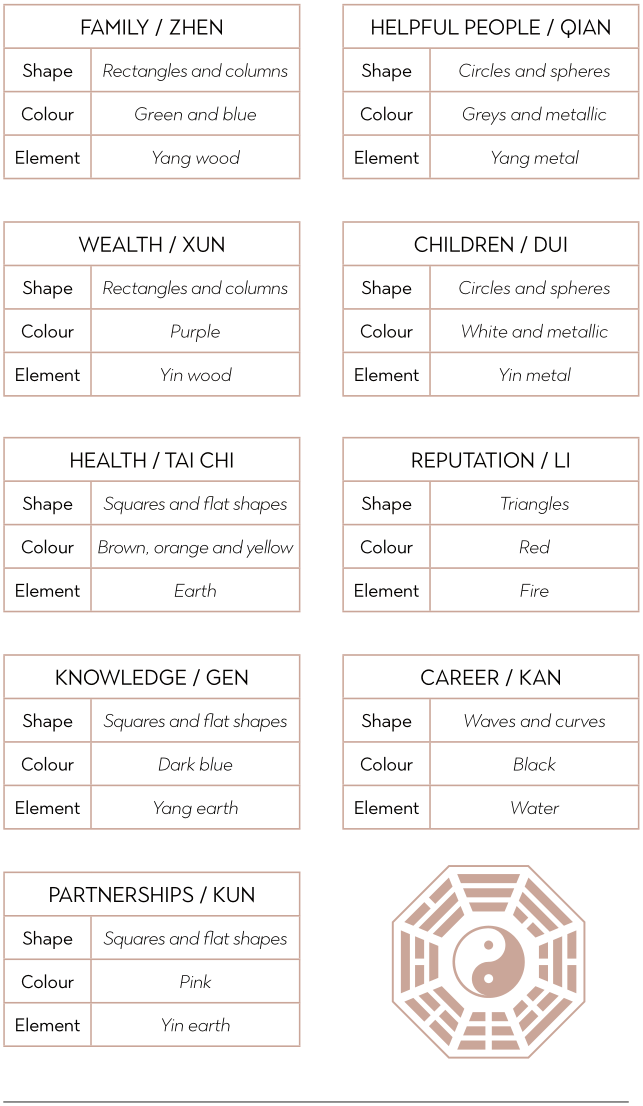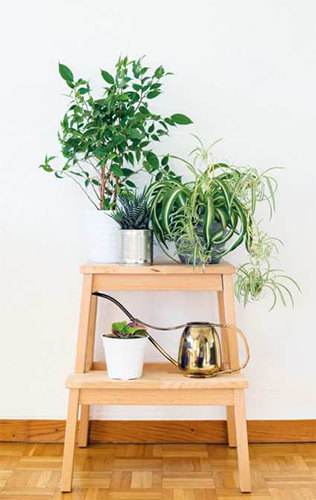The traditional Eastern practice of feng shui could be your way forward to a positive, more mindful home.
When you think of a mindful, healthy home, what is it you picture? For us, it’s a home free of clutter, decorated simply but tastefully, and filled with things we love.
We’re well aware that a clean, bright home where everything has its place makes us feel better, and thanks to the rise of minimalism and decluttering – made popular by Marie Kondo – we’re more mindful than ever in the West about how our homes make us feel.
Some of the biggest trends of modern times are inspired by Eastern countries like China and Japan. You’ve probably heard of wabi sabi, the Japanese idea of embracing imperfection.
It’s commonly associated with kintsugi, the practice of mending broken pottery with gold. In our homes, it’s the mismatched living room furniture you’ve moved with you from home to home; the faded but beautiful wallpaper you still love years after you put it up; and the slightly wonky, characterful handmade pottery you picked up at a craft fair and proudly put on display.
Wabi sabi is slowly making its way into Western culture thanks to our growing love of all things artisanal.
But perhaps the biggest Eastern influence on Western homes in the past few decades is something you’ve heard of, but never given much thought to: the traditional Chinese practice of feng shui.
What is Feng Shui?
How often do you feel like your life, and your home, is off balance?
With anxiety and burnout on the rise, we’re all looking to restore a bit of equilibrium.
But despite our best intentions, most of us are spending more time on some areas of our lives than others – and let’s be honest, those more time-consuming areas, like work and admin, are often the very things we wish we could do less of.
Originating from China, the discipline of feng shui has been around for over a thousand years. In its most basic form, it’s about restoring balance to your life through the way you arrange and decorate your home.
The words ‘feng’ and ‘shui’ mean ‘wind’ and ‘water’, and together they emphasize the harmony of energy and calmness.
Practicing feng shui is about connecting ourselves to the environment around us, both indoor and out, and reaping the benefits of the good energy that results from a home that’s organized with mindfulness and mental wellbeing in mind.
The practice of feng shui is grounded in our homes. Everything from your bed to the vase of flowers on your windowsill has positive energy, known as chi, and how we arrange these objects has an influence on our lives as well as how we feel.
Connecting to the spaces around us makes us feel part of something bigger, which is ultimately the basis of mindfulness:
Having that connection means you can embrace, enjoy and get more out of the little things, like making your bed in the morning or admiring the view out of your kitchen window.
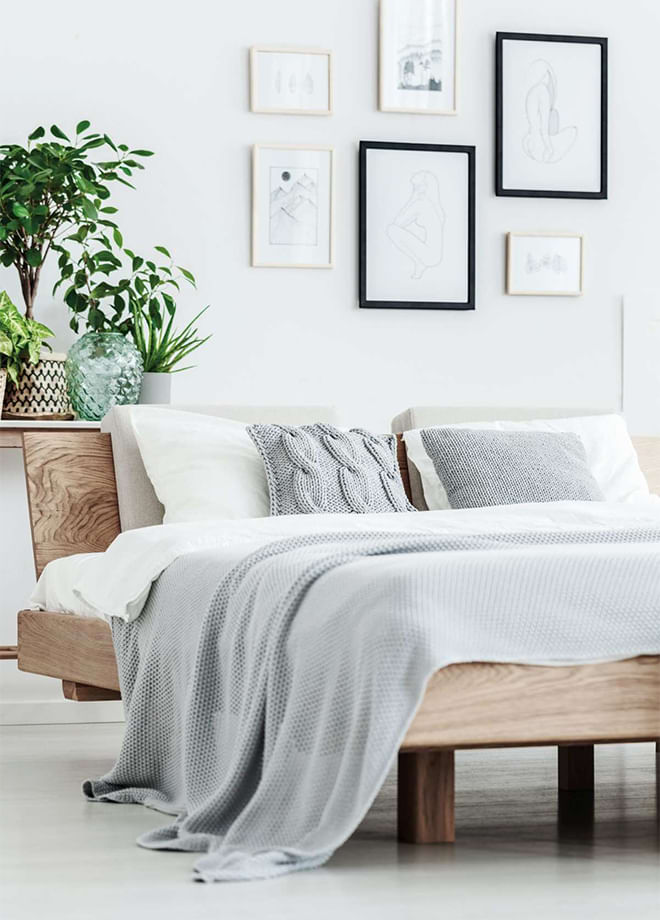
Feng Shui: The Fundamental Principles
So, how does feng shui work in our modern homes? Picture a map of eight equal sections, surrounding a middle section in the center, which stands for whole health, or ‘tai chi’.
Each section represents a different area of your life: wealth, reputation, partnership, family, children, knowledge, career and helpful people.
These are the elements of bagua, a kind of ‘energy map’ that represents a holistic view of a person’s health and wellbeing.
The bagua shows you which areas of your home are associated with which of the life areas on the map. With the bagua, you can determine which rooms are best used to activate the energy you’re trying to harness.
It’s easy to do: simply place the bagua over the floorplan of your home and check in which place your chosen life area falls, then decorate, organize and fill that space with things that will help guide energy towards it.
You’re probably more familiar with feng shui as a series of numbers, colors and symbols – in which case you’re halfway to understanding the practice. Each area of the bagua is represented by a shape, color, material, number and natural element.
You can use these in your home to activate the energy in the area you wish to focus on.
If you wanted to bring good energy to your family life, or ‘zhen’, for example, you would look to include more rectangular shapes and greens or blues in the corresponding area of your home.
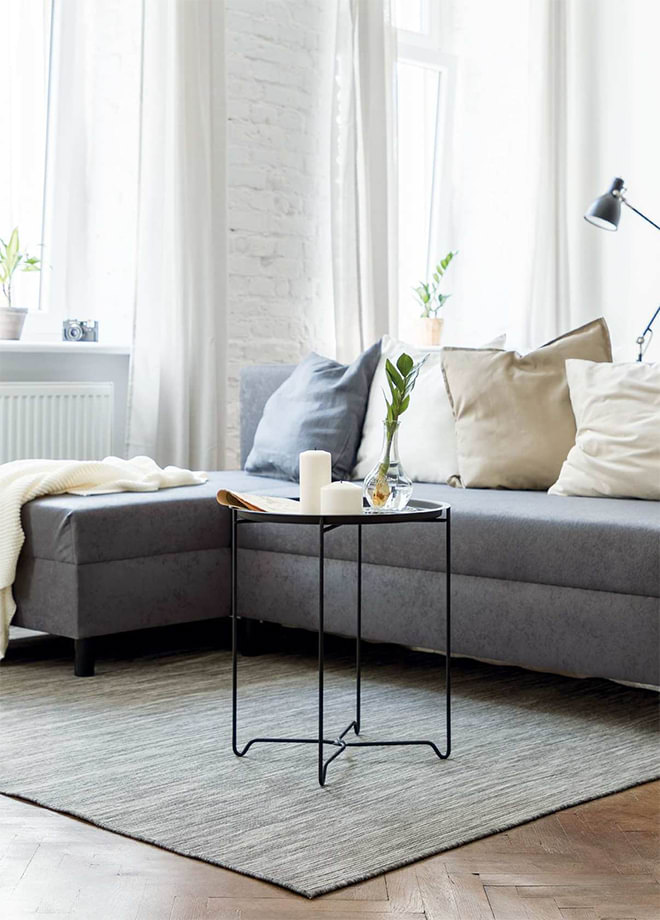
Feng shui is also intricately associated with nature and natural materials. One of the key systems in feng shui is the five elements, made up of fire, wood, earth, water and metal.
To practice good feng shui, you should aim to balance these elements to create a complete system – a holistic way of looking at life and your home. Each bagua has a corresponding element, so you can use the two systems together to enhance the effectiveness of feng shui.
For example, if you want to focus on ‘kan’ (career), which has the corresponding element of water, you might include a water feature, or a mirror, in that area of your home to bring good energy to your work life.
Crucially, each element should be balanced with the other four, so no one element is more prominent. Combining each element, as well as the colors, shapes and other factors of feng shui, creates a holistic approach to decorating and organizing your home that has practical and emotional benefits for your wellbeing.
Plus, taking time to think carefully about whether your home is working for you is a key step to creating a more mindful home life.
How to use the Bagua
The nine areas of the bagua each represent an area of your life, and have corresponding traits that you can use to promote positive energy.
Invoking the Elements
Emphasize wood elements through furniture, bamboo, wooden accessories and houseplants.
Represent water with water features like small water fountains, blue vases, and mirrors – but not in your bedroom or behind your desk.
Draw out the earth element with rock crystals, salt lamps and clay or terracotta accessories.
Use metal accents in vases, picture frames, light fixtures and tasteful accessories.
Highlight the fire element with red shades, fireplaces, or candles – but be careful not to go overboard with scents, as this can hinder good energy.
How to Practice Feng Shui in Your Home
Now you’ve determined which rooms of your home connect to which area of the bagua, you can start putting into practice the principles of feng shui.
Use our guide to the bagua (above) to see where you could be enhancing good energy through shapes, colors, numbers and elements.
Think about how far you want to take it: are you willing to repaint your space, or would you prefer to inject color through accessories?
Could you bring curves in through furniture, or is your budget more suited to adding a few round-leafed plants instead?
Feng shui isn’t about doing a complete makeover of your home if you don’t have the budget, time or inclination; you can create a more mindful space with a few careful additions.
One of the tropes of feng shui you might have heard before is the ‘commanding position’. This is the way you position the furniture in your home to encourage positive energy and give yourself control.
You’ve probably heard people using the bed as an example. The bed is a key part of feng shui in the home because it represents you. In a bedroom, feng shui dictates that the bed should be positioned diagonally opposite to the door, facing it, but not head-on.
It makes sense – it allows you to see who’s entering and exiting the most intimate space, where you sleep, which will make you feel safer than having your back to the door.
You should use the commanding position for other items in your home, including the stove, which represents wealth and nourishment, and your desk, which symbolizes your career.
There are numerous guidelines for a feng shui home, from where you should place internal doors to how your kitchen should be laid out.
There’s plenty of information available online for those interested in the more complex rules, but if you’re feeling overwhelmed by the technicalities of feng shui, here are some easy ways to feel the benefits of the practice without having to completely overhaul your home.
Clear the Clutter
In feng shui, space allows chi to flow around your home. Where chi can’t flow, whether it’s blocked by furniture or clutter, it turns into sha chi, or negative energy. Take a walk around your home and notice the out-of-place items you might have grown used to.
That pile of letters in the hallway? Deal with them or file them away. The basket of washing on the kitchen floor? Find a dedicated space for it and create a streamlined washing system.
This is where feng shui has links to decluttering and organizing – it’s all part of creating space for a calmer, more mindful home.
Clean Your Windows
We all know that smeary, dirty windows aren’t a good look, but cleaning your windows regularly is an easy way to practice feng shui.
The windows represent the eyes in feng shui, so clean windows are associated with the ability to see with clarity.
Clean windows also let in more sunlight, which energizes us and brightens our homes – so it will lift your mood.
Makeover Your Entrance
The entryway of your home is the ‘mouth’ of the positive energy that flows through it. Clear your hallway of clutter, clean the walls, wash the door and sweep the floor.
After that, it’s time for the fun part:
fill the entrance with things that make it feel more inviting, from plants and flowers to a neat shoe rack or a console table where you can store your keys, purse and bags without creating more clutter.
The bonus? When you’re leaving your house in the morning, you’ll be more organized, happier and ready for the day.
Check Your Doors
Doors symbolize communication and are seen to help or hinder opportunities coming your way.
To encourage the former, make sure every door can open a full 90 degrees – that means clearing any clutter behind them – and that they’re free of broken handles, chips or squeaking hinges to encourage positive energy and reduce annoying niggles that stop you enjoying your home.
Repair Broken Objects
In feng shui, broken objects can hinder progress and cause stress. They also act as ‘blocks’, creating negative energy – think of the duff lightbulb you keep forgetting to change in the living room, or the broken laptop you haven’t gotten round to selling for parts.
Broken things also show a lack of respect for your home, so give it the care it deserves by repairing items – using kintsugi for crockery and glassware – or getting rid of them for good.
Lift Your Home’s Energy
Not sure about feng shui, or just want to dip your toes in? Here are some quick ways to increase the good energy in your home.
Plants
Plants are well-known for their health-giving properties. As well as filtering toxins in the air, they’re a great way to balance the energy of your home.
Not so green-fingered? Opt for easy-to-care-for varieties like cacti, succulents, spider plants and devil’s ivy.
Add plants to every room, including bathrooms and kitchens to spread the energy.
Personal Treasures
Feng shui isn’t about creating a minimalist haven – you should be filling your home with things you love and give you positive feelings.
Hang bright, cheerful prints or your favorite photographs on your wall, and proudly display trinkets you love to look at. These invoke happy, warm memories that help create a happy home environment.
Fragrance
Incense and essential oils like lavender, ylang ylang and rosemary have purifying properties and can evoke different elements.
Scents also help energy move around your home. However, use them sparingly: too much and your room may feel stuffy and overpowering.
Feng Shui and Mental Wellbeing
Ever wondered why living in a disorganized and cluttered house makes you feel so chaotic? It has a lot to do with feng shui and the guiding principle of energy.
An optimal layout is one that allows chi to flow freely – something that pile of laundry or mountain of washing up isn’t likely to help.
There’s far more to feng shui than clearing clutter, but it goes some way to explaining why the practice is so good for our mental wellbeing.
Feng shui also improves wellbeing on a practical level.
A bedroom that applies the principles of feng shui is one that promotes good sleep ; a bed that’s in prime position to feel safe and secure, the removal of electronics that can interrupt sleep, and, if you’re applying the practice to a bigger renovation, a sleeping space located at the back of your house to reduce noise pollution from the street.
We all know the benefits of being out in nature, so it’s no wonder that feng shui’s embrace of natural elements is another reason it’s beneficial to our wellbeing.
One of the key interiors trends of recent years has been natural materials – think woods, rattan and cotton textures.
By bringing natural elements into your home, you’re increasing your connection with the natural world – something that’s long been proven to increase mental wellbeing, to the point where nature walks are prescribed by GPs to help manage depression and anxiety.
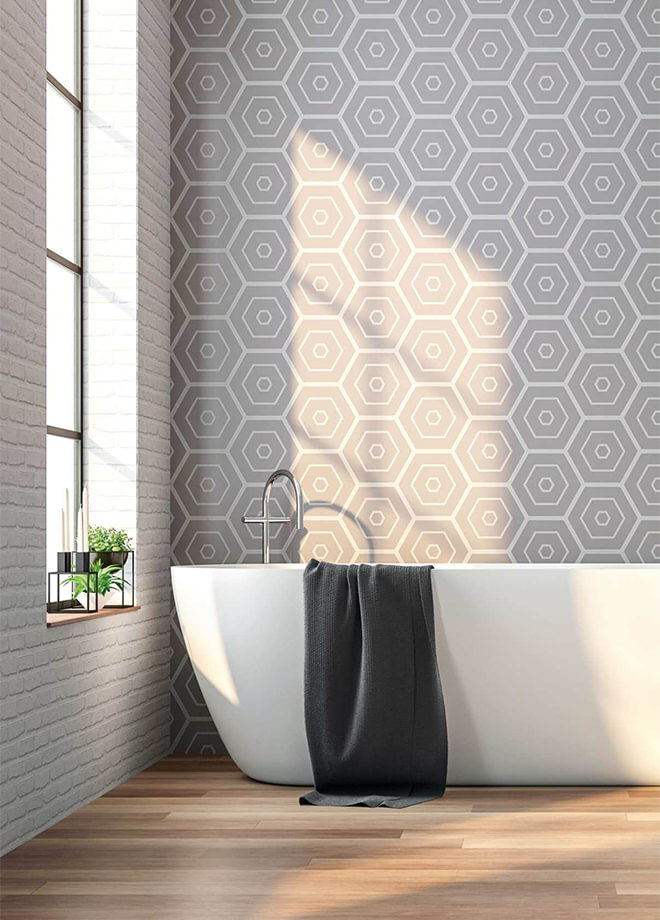
Taking pride in your home and carefully considering what goes in it are huge steps towards mental wellbeing, and feng shui is a great way to be more mindful of your living spaces.
Try it – you might just find that this thousand-year-old practice is the key to a happy, more mindful home.
 Expert eBooks Courses | Online-eBook-Download.com Latest digital books and courses, Tips & Tricks, How-to guides, free ebooks, software discounts, coupons & much MORE… Instant Download
Expert eBooks Courses | Online-eBook-Download.com Latest digital books and courses, Tips & Tricks, How-to guides, free ebooks, software discounts, coupons & much MORE… Instant Download


